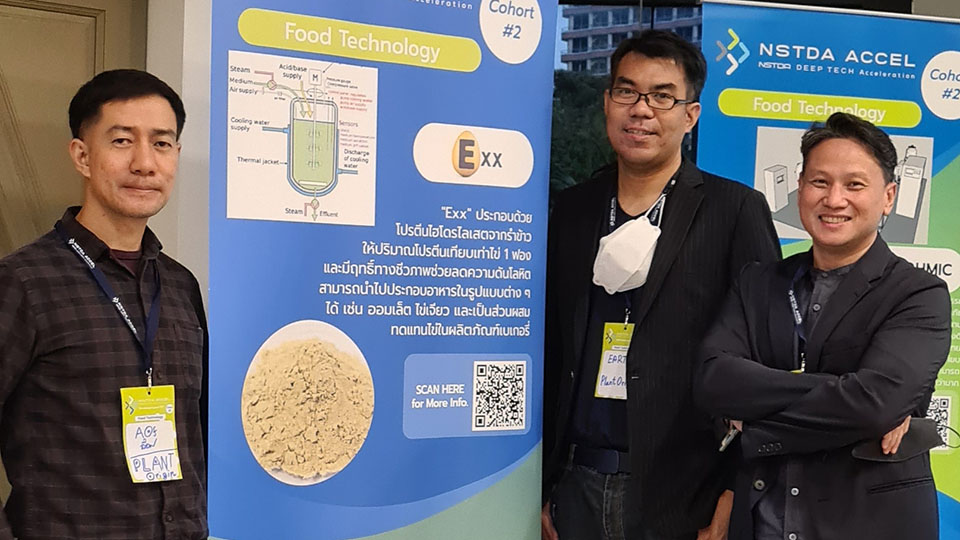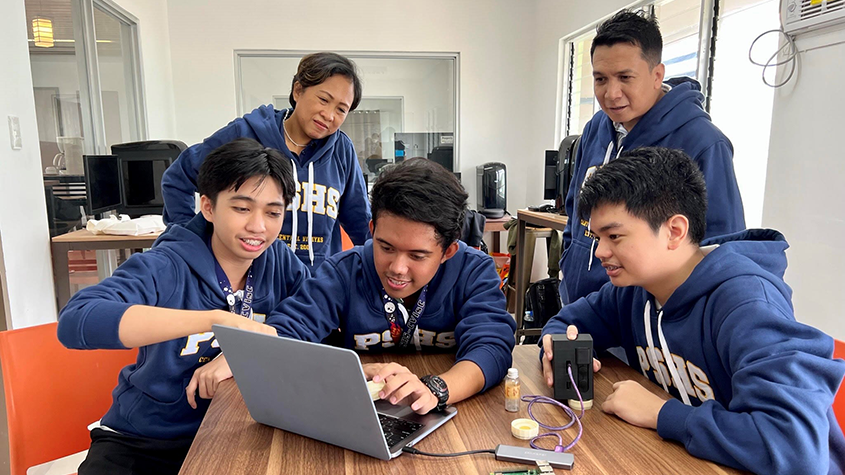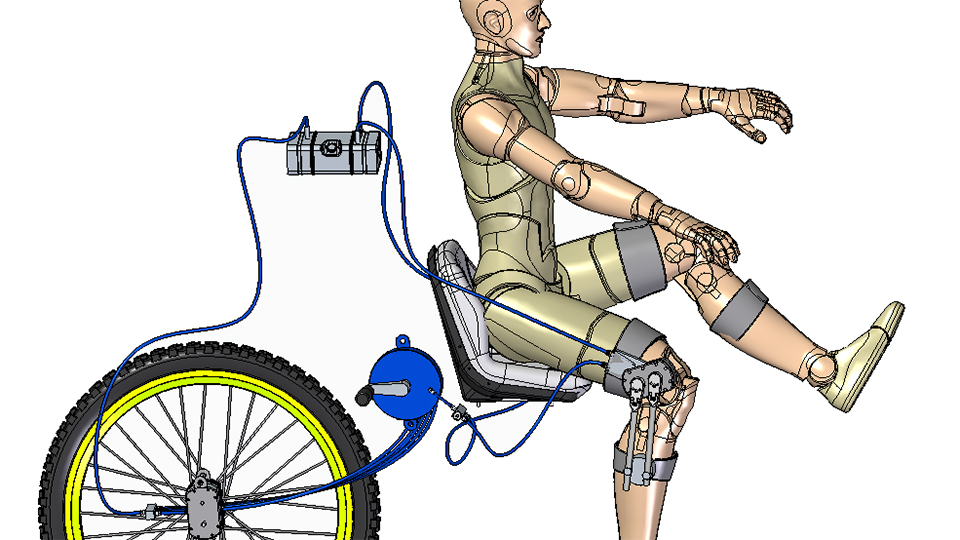“A Passion for Animals and Teaching Leads to Creative Material Preserving Students’ Health”
When she was a child and her beloved Spitz dog died of heartworm disease, animal-lover Pawana Chuesiri was heartbroken and decided to become a veterinarian. Some years later, after fulfilling her dream and graduating from the Faculty of Veterinary Science, she went on to study anatomy and discovered another calling: teaching. She is now an Assistant Professor at the Department of Anatomy of the Faculty of Veterinary Sciences at Chulalongkorn University in Bangkok, Thailand, and recently invented a dog’s eye model that could replace preserved dead animals, and safeguard the health of students and teachers.

Beyond her passion for animals and teaching, Ms. Chuesiri has also been developing innovative teaching material “so my students will be happy and more effective in learning,” and to make veterinary studies more attractive.
The 47-years old already has three granted petty patents, and two other ones are pending.
Most of those inventions were dog veterinary anatomy models and rewarded with prizes and praise. Her Veterinary Anatomical Organ Model made from pulp paper was for example awarded a Swiss silver medal at the 47th International Exhibition of Inventions of Geneva in 2019.
Safer, Clearer Study of Dog’s Eyes for Veterinary Students
Recently, she designed a 3D Dog Eye Anatomy Model for Self–learning, which won a gold award at the International Innovation Week Africa, in Rabat, Morocco, in 2020.
For vet students, anatomical knowledge is compulsory for clinical practice and professional skills improvement. The use of formaldehyde-preserved dogs’ cadavers is inescapable since it is the most effective tool for learning the structure of dog anatomy. However, formaldehyde is a hazardous substance, an irritant for the eyes, the skin, the mucous membranes, and is suspected of being carcinogenic, leading to lung cancer in humans. The collateral effects of formaldehyde-preserved organs indispose many students and instructors.

In addition, dogs’ cadavers’ eyes are small, complex, and deteriorate quickly. Students despite their best efforts often damage vital structures, making organs impossible to reuse.
To answer those limitations, Ms. Chuesiri, along with her colleagues, Associate Professor Dr. Kriengyot Sajjacharoengpong, Jantima Intarapanya, and Gridtayoch Chuesiri, a high-school student, designed a 3D Dog Eye Anatomy Model for Self-Learning to provide a safer and more comprehensive way for students to understand the anatomy of dogs’ eyes.
“As the country’s leading educator in veterinary medicine, this invention shows that the university has expertise in animal anatomy,” she said. “Such invention produces graduates with the knowledge, the skills, and ethics to provide quality service to society.”
3D anatomical models using 3D printing
A Thai dog breed was used to develop a 3D modeling software. The model, which serves all dogs breeds, is an enlarged replica and comes in a kit containing the eyeball, eyelids, lacrimal glands, extraocular muscles, and four sets of clearly visible nerves.
Once the design was created, the molds of the different parts were printed on a 3D printer. They were then cast with different materials such as resin, rubber, and plastic, selected for their soft and flexible texture to mimic the texture of a real eye.

The model is built like a jigsaw puzzle and can be disassembled and re-assembled, giving the students a precise understanding of the structural relationship between the external and internal anatomy of the eye, and making for easier memorizing. The students can also self-study the model with 3D augmented reality QR codes on a computer, smartphone, or tablet.
“We designed the model like a puzzle to see every aspect of the eye. It can be separated into different parts to show both the outer and inner surfaces as well as the front and back. This allows all nerves and muscles to be visible,” said Ms. Chuesiri.
IP Owned by Chulalongkorn University
Chulalongkorn University owns the intellectual property of all of Ms. Chuesiri’s inventions, following the university IP policy, and filed the five petty patents for Ms. Chuesiri’s inventions. The university hosts an intellectual property institute managing the protection of the inventions and the intellectual property of researchers. It also assists researchers with patent drafting, reviewing and registration, the promotion of inventions, and the facilitation of technology transfers.
3D Printing in Veterinary Medicine for teaching and advising
At the moment, the innovation is used as a teaching tool for students, allowing them to replace and reduce the use of live animal bodies, supplementing or replacing rare or formaldehyde-preserved organs, and providing a cheaper alternative. All 130 students in the 1st and 2nd years of the Faculty of Veterinary Science are using the model.
The future goal is to produce enough models for teaching in other settings, as well as for clinical applications. Veterinarians could use the model to explain a dog’s pathology to clients, for example.
Following her mission to help students, Ms. Chuesiri is also considering the development of 3D anatomical models for other organs, with an augmented reality version accessible with a mobile application. “That will maximize learning efficiency and promote students’ interest in studying veterinary anatomy on their own,” she said.
“I fully dedicate myself to education and my students because I love being a teacher,” she concluded.



